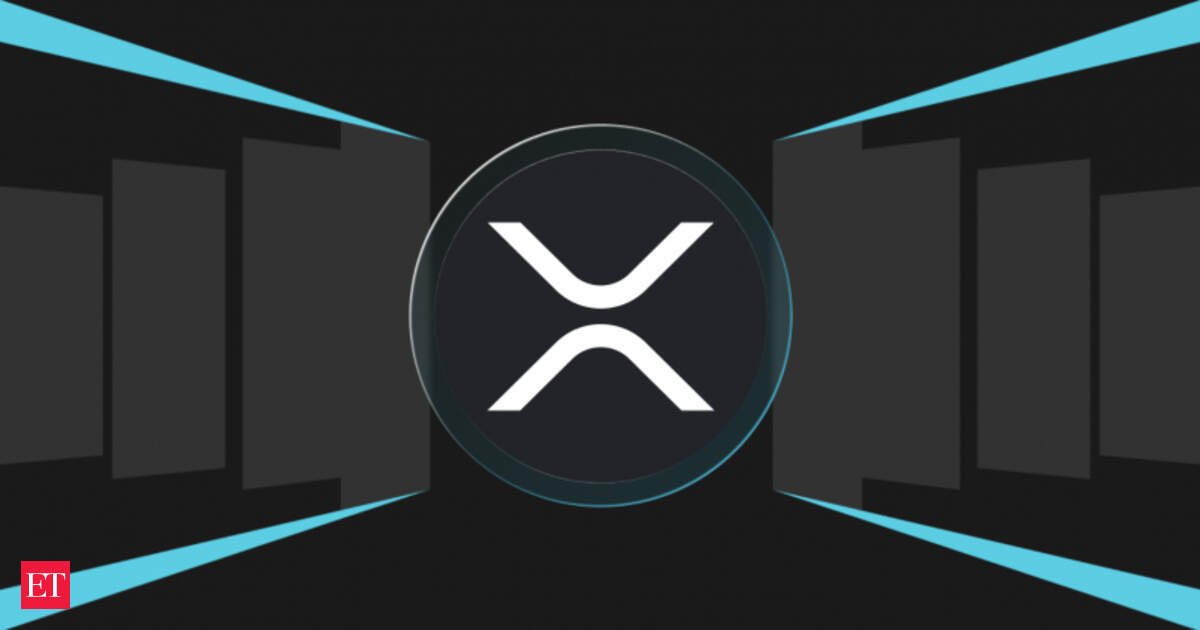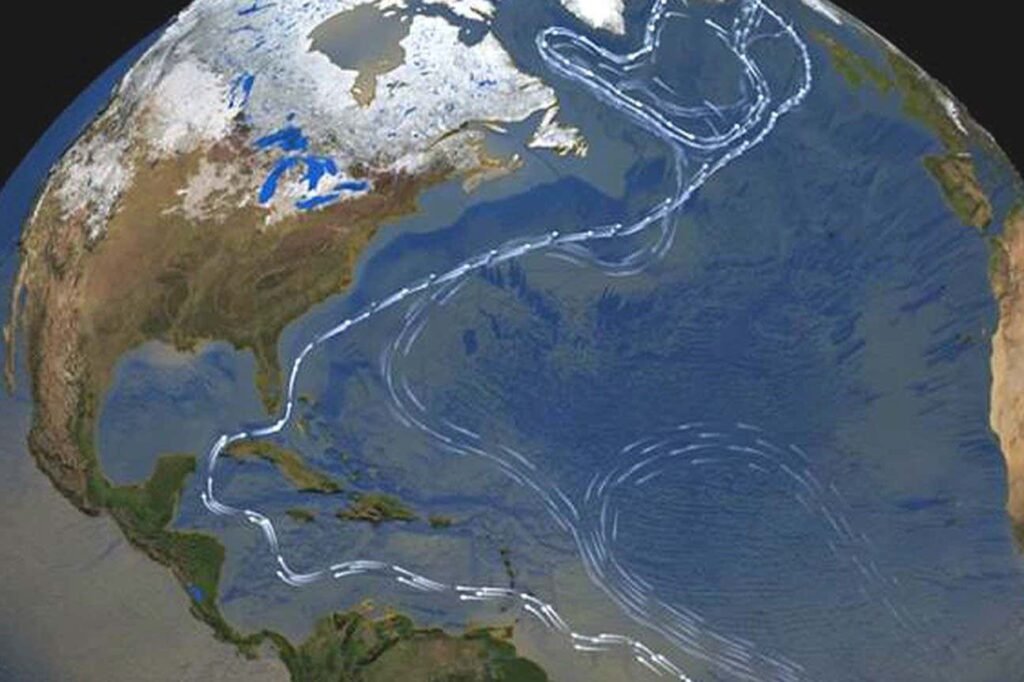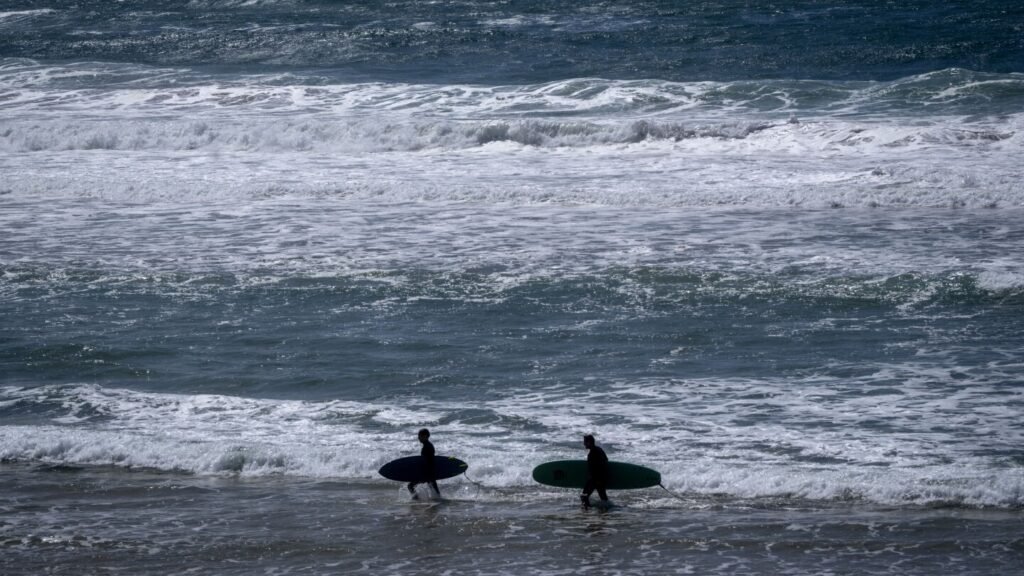Now Reading: XRP sell-off fuels new price prediction: XRP crashes big 6% today: Whales scoop 440M XRP despite retail panic – doom or hope ahead, what’s next for Ripple?
-
01
XRP sell-off fuels new price prediction: XRP crashes big 6% today: Whales scoop 440M XRP despite retail panic – doom or hope ahead, what’s next for Ripple?
XRP sell-off fuels new price prediction: XRP crashes big 6% today: Whales scoop 440M XRP despite retail panic – doom or hope ahead, what’s next for Ripple?

While retail holders rushed to cut losses, blockchain data shows whales quietly amassing over 440 million XRP during the sell-off.
That divergence raises the key question: is this dip simply fear-driven noise before another push higher, or a warning sign that deeper trouble lies ahead for XRP in the coming weeks?
Why did XRP suddenly drop today?
XRP slid nearly 6% in the past 24 hours, slipping back toward the $2.95–$3.00 zone after briefly touching $3.14 earlier in the session.
The drop came in lockstep with the broader crypto sell-off, sparked by renewed concerns over U.S. Federal Reserve policy and heavy selling pressure in Bitcoin and Ethereum.
Trading volumes surged 18% during the decline, according to CoinMarketCap, suggesting that smaller retail investors were panic-selling while bigger players quietly scooped up tokens.
What are whales doing with XRP right now?
Blockchain trackers show that whales have been unusually active despite the market jitters. Between August 12 and 15, more than 440 million XRP—worth about $3.8 billion—flowed into whale-controlled wallets. On August 15 alone, 120 million tokens were absorbed, even as XRP’s market cap shed almost $10 billion. That’s not the footprint of investors running for the exit—it’s accumulation in plain sight. For seasoned traders, this is a familiar playbook: buy when fear dominates. As supply on exchanges thins, liquidity tightens, setting the stage for stronger upside once sentiment shifts.
Is XRP ready for a rebound—or more pain?
The $3.00–$3.10 support band has become the battleground. If buyers defend that line, XRP could attempt another climb toward the $3.20–$3.35 resistance range. Break above it, and chartists such as Peter Brandt see room for a rally of up to 60%, with price targets stretching toward $4.47 in the months ahead.
But the risks are just as clear. If $3.00 fails, XRP could unwind to $2.70—or worse, $2.50, levels last seen earlier this summer. A symmetrical triangle on the 4-hour chart signals a breakout is imminent, though the direction remains uncertain.
Short-Term XRP Data (Today)
- XRP dropped around 6%, trading near $2.95–$3.00.
- Intraday high touched $3.14 before reversing.
- Key support sits at $3.00–$3.10.
- Resistance zone remains $3.20–$3.35.
- Whale activity absorbed 120M+ XRP in the past 24 hours.
- Retail selling pressure pushed daily volume up nearly 18%.
- Symmetrical triangle on charts signals a breakout soon.
Long-Term XRP Outlook
- Sustaining above $3.35 could open a rally toward $4.00–$4.50.
- A confirmed breakout may even target $4.47 in the coming months.
- Failure to hold $3.00 risks a slide to $2.70 or $2.50.
- Whale accumulation suggests confidence in long-term growth.
- XRP’s non-minable design limits passive income but secures scarcity.
- By 2025, projections hint at $5–$7 if adoption accelerates.
- Longer-term scenarios for 2030 show potential for double-digit levels if Ripple’s banking partnerships expand.
Are XRP holders shifting to Solana platforms?
In retail communities, a curious trend has emerged: talk of “SolMining.” While Solana doesn’t actually support mining, the term is shorthand for yield-chasing in staking or Solana-linked investment platforms.
The chatter reflects frustration among small XRP holders, who face limited passive income opportunities since XRP is not minable. During drawdowns, rival ecosystems offering staking rewards often look more attractive.
What’s next for XRP in the short run?
- Bullish case: A clean breakout above $3.35 could spark momentum toward $3.66, with $4.00–$4.50 in play by Q4.
- Bearish case: Losing $3.00 could trigger stop-loss cascades, dragging price to $2.70 or lower.
- Neutral case: Sideways chop between $3.00 and $3.35 until macro events—such as Fed commentary or SEC-related developments—reset market sentiment.
What does this mean for long-term holders?
The split between whale confidence and retail panic isn’t new. A similar pattern unfolded in late 2020, when XRP crashed under the weight of Ripple’s SEC lawsuit only to rebound months later as regulatory clarity improved. Once again, whales seem willing to wait, while smaller traders grow restless.
Price forecasts vary wildly. CoinCodex expects XRP to stay between $2.90–$3.53 through year-end. Barron’s points to $5–$7 by 2025 if adoption tailwinds continue, while more aggressive calls from Benzinga and IndiaTimes envision double-digit valuations by 2030. Skeptics, especially on Reddit, remain unconvinced of anything above $10.
XRP: Moon or doom?
For now, XRP sits on a knife’s edge. Holding the $3.00 level could preserve bullish momentum and pave the way for a rebound. A breakdown risks handing the bears control.
For everyday investors, the real question is less about the next candle and more about conviction: do you buy into Ripple’s long-term vision for cross-border payments—or are you simply chasing another hype cycle?
FAQs:
Q1. Why did XRP price drop today?
XRP dropped 6% due to wider crypto market pressure and investor panic-selling.
Q2. What are whales doing with XRP now?
Whales are accumulating millions in XRP, signaling long-term confidence despite the dip.



![[PODCAST] Corvette News and Headlines with CorvetteBlogger on the Corvette Today Podcast](https://steinews.com/wp-content/uploads/2025/08/PODCAST-Corvette-News-and-Headlines-with-CorvetteBlogger-on-the-Corvette.jpg)














































